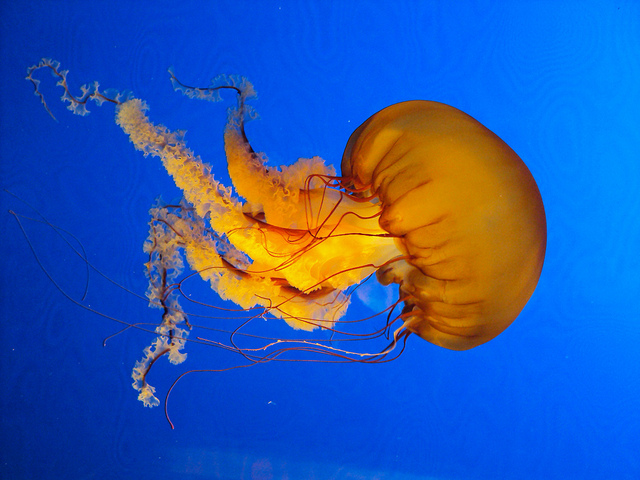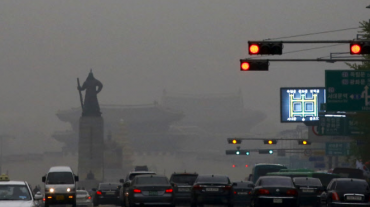
The patients stung by jellyfish are suffering from jellyfish poisoning whose poison consists of protein and peptide. (image: Will_89/flickr)
SEOUL, July 29 (Korea Bizwire) — As the temperatures of the surrounding seas of Korean peninsula is going up, the number of patients, mostly holidaymakers to the beaches, suffering from the stings of jellyfish, is rising.
According to the National Health Insurance Service, the number of people stung by jellyfish has increased to 1,183 in 2012 and 1,122 in 2013 from 265 in 2009. Comparing with the numbers of 2009 and 2013, it is 2.6 folds increase.
An official at the insurance service said, “The rise of the patients comes from the stings of jellyfish during the summer vacations as the jellyfish come to the coast of the Korean peninsula, with its water temperature rising”
In fact, according to the Korea Hydrographic and Oceanographic Administration, the water temperature of the southern sea during the summer rose by a maximum of 3.9 degrees Celsius, compared with that of the average year.
By month in 2013, the number was peaked in August when most vacationers were concentrated with 801 patients (70.7%), followed by July (11.1%) and September (7.9%). A total of 89.7 percent of the patients were stung by jellyfish from July till September.
The patients stung by jellyfish are suffering from jellyfish poisoning whose poison consists of protein and peptide. It can cause rubefaction in skin, breathing difficulty, dizziness, and chest pressure. Jellyfish sting their prey using cnidocysts and inject their poison into the skin.
A medical doctor said, “When stung by jellyfish, one should get out from the water, report to safeguards and clean the wounds with acetate acid or vinegar for detoxification. When other symptoms in the body occur, one must call 119 and get an emergency treatment.”
By John Choi (johnchoi@koreabizwire.com)






